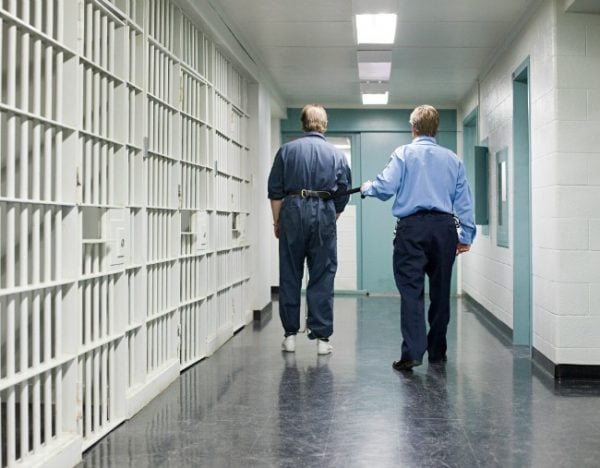Anthony Graves was convicted in 1994 for killing six people in 1992. He was exonerated in 2010 after having served 18 and a half years in prison, 16 of which were spent in solitary confinement and 12 of which were on death row. The prosecutor in Graves’ case was eventually disbarred for misconduct, and Texas had to pay Graves US$1.45 million in compensation for the damage the state had done to him. Graves now works at the ACLU of Texas as the Smart Justice Initiatives Manager. Below is an excerpt from Graves’ recently published book, “Infinite Hope: How Wrongful Conviction, Solitary Confinement, and 12 years on Death Row Failed to Kill My Soul” (Beacon Press, 2018). It is reprinted with permission from Beacon Press.
Early November 1994: Entering the Lion’s Den
I arrived at death row on November 1, 1994, the same year director Frank Darabont turned Stephen King’s novella Rita Hayworth and Shawshank Redemption into the now classic movie about a wrongfully convicted banker and his wise black friend. A green stone tower at the entrance to the Ellis Unit prison looked a little like the structures that rose from the Maine dirt in that film. A white female guard stood atop the tower. A pistol holstered to her hip, she also held a rifle in her right hand. She looked to be in her 50s, and her Southern drawl told me she’d been plucked from a roster of job applicants who lived somewhere nearby.
“You’re in the wrong place!” she hollered down from the tower to the officer that brought me to the gates. “You’ve got to run him over to the diagnostic unit. They’ll process him there.”
Processing took a few minutes. Agents of the state asked my name. They took down some information and scribbled a few indecipherable words onto paper. I did a lot of waiting. A few minutes later, we returned to the green tower with the female overseer. The officer who brought me there placed his gun and some paperwork into a plastic bucket attached to a rope. The woman in the tower pulled up the officer’s supplies like a banker sucking a drive-through deposit through the magic transport tubes.


